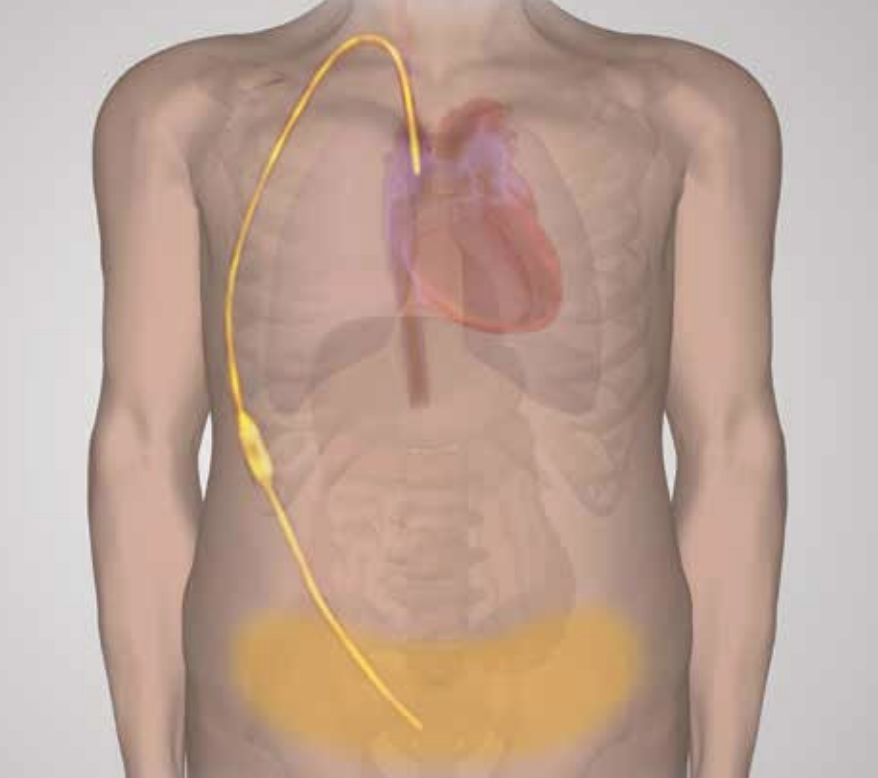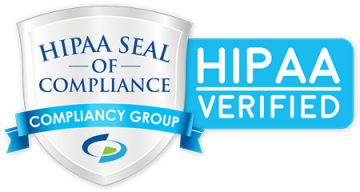Peritoneovenous shunting (PVS) with the Denver® shunt
A specially designed silicone medical device consisting of a pump chamber with two catheters, the Denver ® shunt transfers fluid from the peritoneal space to the circulatory system. This
allows the patient to maintain the critical protein and nutrients in the peritoneal fluid, and normal flow through vital organs.
Benefits of PVS:
• Retains nutrients
• Increases renal blood flow
• Improves mobility and respiration
• Relieves massive, refractory ascites
• Increases effective blood volume
• Increases diuresis
Successful physician and patient experience with the Denver shunt has continued to grow over the past decades, in the U.S. and internationally. For patients with refractory ascites, consider peritoneovenous shunting with the Denver shunt.
PVS has been shown to be beneficial:
• For both malignant and non-malignant ascites
• As an alternative to conventional (repeated)
paracentesis procedures
• For patients awaiting liver transplant
How is the Denver Shunt placed?
The Denver shunt may be placed via the internal jugular or subclavian route. Historically, a surgical approach was used. However, during the past decade, percutaneous placement has become more common to minimize patient trauma and procedural risk. Denver shunt placement with the percutaneous technique is a minimally invasive procedure. Dr. Allaei provides the percutaneous method in the Southern California region.
How does the Denver shunt work?
The Denver shunt consists of a pump chamber attached to two catheters. Inside the pump chamber are either one or two valves (depending on the specific shunt your doctor has chosen for you) that permit fluid flow in only one direction. The shunt is implanted internally, so nothing will show outside your body. One end of the catheter is placed in your abdomen and the other in one of your veins. The pressure of the ascites in your abdomen forces the fluid to flow through the shunt into your circulatory system. This allows you to retain the proteins and nutrients from the fluid in your body, while it helps relieve the discomfort associated with chronic ascites. The shunt works automatically, but you will need to pump the chamber every day to help avoid clogging and keep the shunt working.

The above information is not all inclusive of the risks, alternatives and benefits. It is not meant to be a substitute for informed discussion between you and your doctor, but can act as a starting point for such a discussion. There are complications possible with any medical procedure. Overall, minimally invasive procedures have a lower complication rate than open surgeries.




